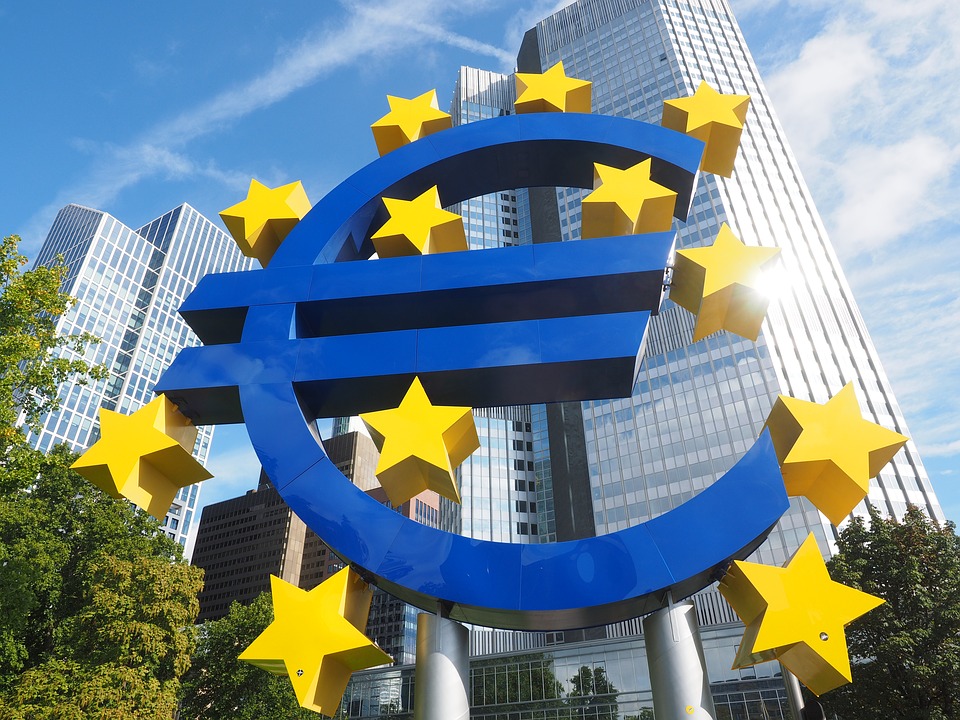Euro zone bond yields steady but signal caution
"What seems more likely to us, is that yield curves continue to flatten on central banks' hawkish warnings, especially if the current Covid-19 wave ends up adding to their inflation angst as has now been suggested by officials from the Fed, ECB, and BoE alike." Investors were focusing on following speeches from ECB policymakers in their last day they make public comments about policy ahead of the policy meeting next Thursday.

Euro zone bond yields steadied on Wednesday as investors took stock of the latest information on the Omicron coronavirus variant and waited for data and central bank meetings. Stocks had fallen sharply and bond yields slumped in late November following worries on the new variant's spread and potential to evade vaccines.
But markets have since taken an upbeat tone and equities have ralied sharply as investors focused on signs that Omicron may be potentially less severe than previous variants, which would lead to less economic disruption. A study on Tuesday which showed the variant can partially evade protection from two doses of the Pfizer-BioNTech vaccine did little to derail the mood.
Bond markets were otherwise steadying ahead of a U.S. inflation reading due on Friday that will help set the tone for the U.S. Federal Reserve's policy meeting next week. The Bank of England and European Central Bank will also hold policy meetings within 24 hours of the Fed, which could stoke market volatility. Despite the recent rally in stocks, Germany's 10-year yield, the benchmark for the bloc, was only modestly above September lows touched last week, unchanged on the day at -0.37%.
Its yield curve as measured by the gap between 2 and 10-year yields was near the lowest since August. The gap between 5 and 30-year yield remained near the flattest since March 2020 it hit on Tuesday. Yield curve flattening is usually a sign of caution around the economic outlook.
"Improvement in some risk assets is real but we share the bond market's caution," ING analysts told clients. "What seems more likely to us, is that yield curves continue to flatten on central banks' hawkish warnings, especially if the current Covid-19 wave ends up adding to their inflation angst as has now been suggested by officials from the Fed, ECB, and BoE alike."
Investors were focusing on following speeches from ECB policymakers in their last day they make public comments about policy ahead of the policy meeting next Thursday. President Christine Lagarde was due to speak at 0815 GMT, followed by Vice President Luis de Guindos and board member Isabel Schnabel.
In Germany, Olaf Scholz will oficially take over as Chancellor, bringing an end to Angela Merkel's 16-year leadership. In the primary market, Germany will re-open a 10-year bond, targetting 3 billion euros.
(This story has not been edited by Devdiscourse staff and is auto-generated from a syndicated feed.)
ALSO READ
Germany's defence minister overhauls the military command as he seeks ''war-capable'' armed forces
Germany says Russia 'very likely' responsible for Baltic GPS disruptions
Germany's AfD asks its lawmaker to 'clarify' Russian cash report
Germany says Russia very likely responsible for Baltic GPS disruptions
Support for Ukraine key to restoring peace in Europe, Germany's Scholz says










